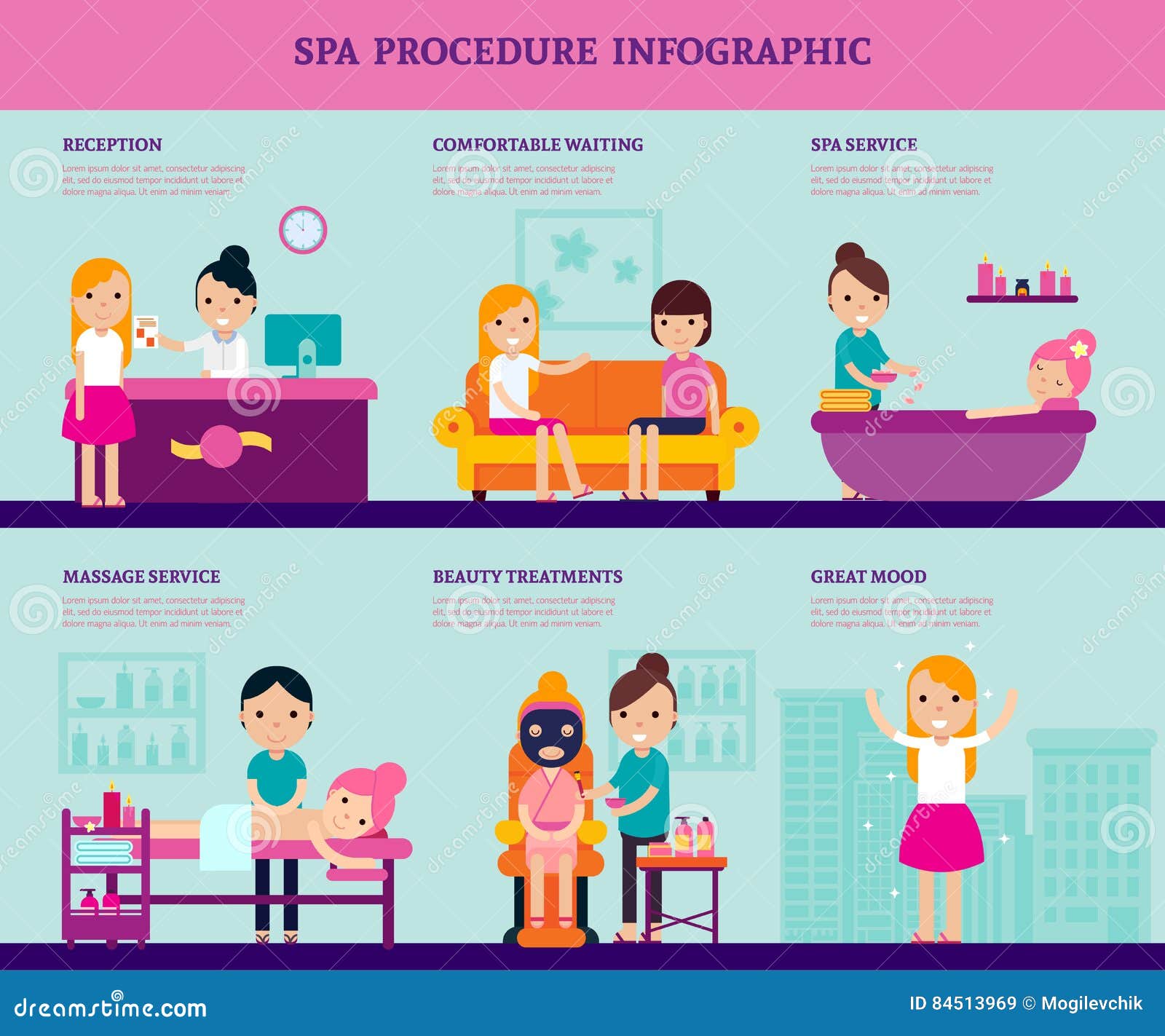How To Manage Painful Acne
How To Manage Painful Acne
Blog Article
How Does Photodynamic Treatment (PDT) Work?
Photodynamic treatment (PDT) combines a light-sensitive medication with unique light to kill malignant and precancerous cells. Your doctor places the medication on your skin or inside your eye and afterwards radiates a light on the therapy area.
This mix eliminates cancerous cells and spares healthy cells. Yale Medication pulmonologist George Eapen, M.D., discusses how this works.
The Photosensitizer
Photodynamic treatment (PDT) makes use of a mix of light and a medicine called a photosensitizer to kill malignant or precancerous cells and extra healthy and balanced tissue. You get a shot of the photosensitizer, which is after that triggered by light in your body. The photosensitizer is taken in by both healthy and malignant cells yet isn't hazardous up until it is activated by the light.
Light-absorbing particles, called photosensitizers, are discovered in plants and animals, including human beings. There are lots of photosensitizers, but most have the ability to take in a particular range of light wavelengths.
Once the photosensitizer is revealed to a light with a matching spectral array, it's transformed from its ground state into an excited singlet state. This allows it to transfer energy to molecular oxygen, creating singlet oxygen and complimentary radicals that mediate cellular poisoning.
The Light
During treatment, an unique light is radiated on the area where the photosensitizer was used. This light triggers the drug and damages cancer cells or precancerous cells that it has targeted.
The drugs that are made use of in photodynamic therapy have various absorption buildings and a few of them may take hours to leave regular cells however remain much longer in cancer or precancer cells. This process enables the doctor to target cancer cells extra exactly than other sorts of treatments that use noticeable light, such as lasers or electrocautery [54]
Photodynamic therapy can deal with the earliest areas of sun damages known as actinic keratosis and can lower skin cancer growth in individuals at high risk for establishing the condition. It is additionally a choice for some patients with damp type age-related macular deterioration, which is a common source of loss of central vision in older grownups. It can not bring back the loss of vision brought on by this illness, but it can decrease the progression of irregular blood vessel development that causes damp AMD.
The Activation
Photodynamic therapy (PDT) makes use of a medication and light to deal with cancer and various other skin conditions. It targets precancerous cells and eliminates them. Unlike other cancer cells treatments that shed and destroy, this therapy kills precancerous cells while sparing healthy and balanced tissue.
The photosensitizer is supplied into the skin via topical, oral or intravenous management. It is absorbed by the growth cells and activated when subjected to light of a specific wavelength. This activates a sequence of photochemical reactions that creates reactive oxygen varieties (ROS) that damage growth tissue and kill cancer cells.
PDT mesotherapy is frequently used to deal with actinic keratoses and sitting squamous cell carcinoma (Bowen condition). It can also be made use of to deal with other sorts of skin cancer, including surface basal cell cancer. It can be used alone or with other therapies, such as surgery or radiation. It can also reduce tumors in the lungs, enabling surgery or other therapy to be safe and efficient.
The Therapy
PDT works finest in tiny unusual locations of cells that a light source can get to, such as the skin, eyes, mouth or food pipeline (oesophagus) and lungs. It is likewise made use of to treat precancerous growths, such as actinic keratoses, which are sun-damaged cells that can develop into cancer.
Physicians carry out the photosensitizer as a lotion or injection, and after that beam a light on the treatment area. The light damages the abnormal cells. While healthy and balanced cells soak up the photosensitizer, it remains longer in cancerous cells.
After the procedure, your body normally takes care of the dead cells. People with lung cancer cells might experience divulging blood or have a bronchoscopy to clear the lungs of the dead tissue. In many cases, your medical professionals may utilize a bronchoscopy to eliminate the photosensitizer from the lungs too if it causes major signs and symptoms. It is necessary to stay inside your home and utilize sun block when you go outside while the photosensitizer remains in your system.